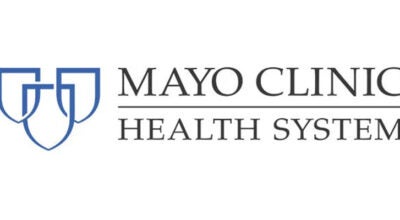Study takes dim view of economic development tool
Published 8:11 am Thursday, September 13, 2018
By Frederick Melo
Pioneer Press
A new study published by the Lincoln Institute of Land Policy probes the pitfalls of “tax increment financing” districts — bank loans and other financial incentives that developers pay back with funds that would have otherwise gone toward property taxes.
From 2000 to 2014, Minnesota issued $1.4 billion in TIF loans and financial obligations, making the state the fourth biggest user of TIF in the United States.
The 72-page report, “Improving Tax Increment Financing (TIF) for Economic Development,” by University of Illinois at Chicago professor David Merriman, reviewed more than 30 studies of TIF across the country over several decades. It found that “in most cases, TIF has not accomplished the goal of promoting economic development.”
The Cambridge, Mass.-based Lincoln Institute of Land Policy is a private nonprofit and nonpartisan foundation.
The report found that Minnesota is home to more than 1,700 tax increment financing districts — hundreds more TIF districts than any state in the nation other than Iowa.
In general, Midwest states favored the use of TIF funds over coastal states. Iowa has more than 3,300 TIF districts. Wisconsin has 1,240 districts. California has 740 districts. Massachusetts has two districts. Hawaii has none. Arizona bans them entirely. At the city level, Chicago and St. Louis were among the most active TIF users in the nation.
The report noted that Minnesota requires new TIF districts to pass a “but/for” test showing that the private development would not proceed but for the use of TIF funding.
Calling “but/for” tests almost toothless, the report casts doubt on the degree to which any state uses them effectively: “Although state statutes and regulations generally require specific criteria that must be documented prior to the establishment of a TIF district, these criteria are vague enough that almost any project with strong political support can satisfy the ‘but for’ requirement.”
In terms of the actual amount of money changing hands, the report found that California issued far more TIF debt than any other state, totaling $25 billion in bond issues from 2000 to 2014. The only other states with more than $1 billion of TIF debt during that time were Illinois, Colorado and Minnesota.
For developers, TIF does not represent an increase or decrease in financial costs compared with the property taxes they would ordinarily pay.
The same does not hold true for the public sector: “To the extent that TIF districts divert property tax revenue that otherwise would have been unavailable to other areas or uses, TIF may result in higher taxes or lower services elsewhere, depending on how overlying governments, such as school and special districts, respond.”
The report urges states to better track TIF use and to allow counties and school districts to opt out of TIF districts and collect property tax dollars as they normally would.
Local governments should publish TIF reports that are easily accessible, so the public knows how much money is going into these transactions and when the districts expire. The report notes that researchers should explore why TIF districts sometimes result in positive or negative outcomes.
More information is online at lincolninst.edu.
Distributed by Tribune Content Agency, LLC.


